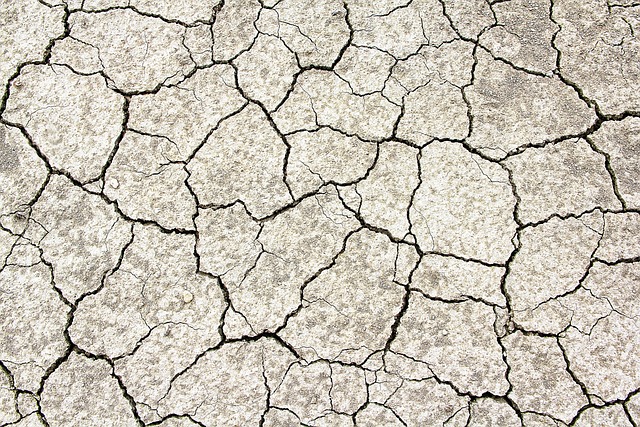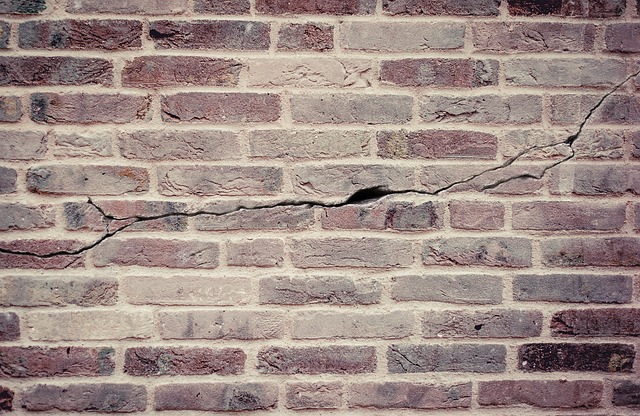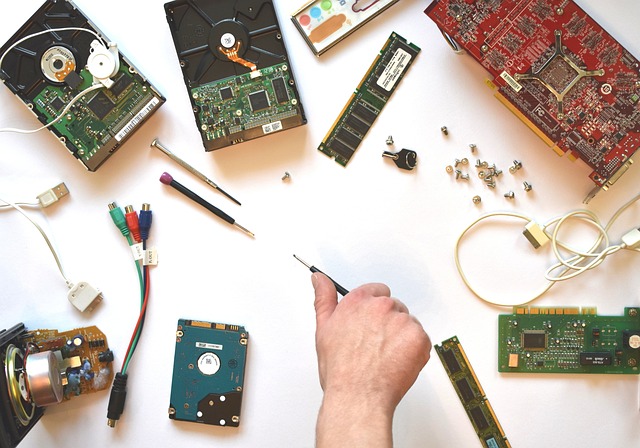Foundation slab cracks are common but complex issues caused by various factors. Identifying crack types and severity is crucial for effective repair. Early detection prevents further damage and enhances property value. Crack repair methods range from surface treatments to structural reinforcement. Proper preparation, including assessment and material selection, ensures successful repairs. DIY mistakes can lead to instability; regular inspections and maintenance are essential. Prompt crack repair using suitable products restores stability and prevents escalation.
Foundation slab cracks can be a significant concern for homeowners, indicating potential structural issues. Understanding the causes and types of these cracks is the first step towards effective repair. This article provides an in-depth guide to crack repair, covering evaluation methods, various repair techniques, preparation tips, and common mistakes to avoid. By learning about non-structural vs. structural repairs and proper maintenance, you’ll gain the knowledge needed to ensure your slab’s long-term integrity.
Understanding Foundation Slab Cracks: Causes and Types

Foundation slab cracks can be a common issue, but understanding their causes and types is crucial for effective crack repair. These cracks often result from various factors such as settlement, shifting soil, poor initial construction, or structural stress. They can appear in multiple forms, each offering valuable clues about the underlying problem. For instance, hairline cracks suggest minor movement or settling, while wider, diagonal cracks may indicate more significant structural issues caused by soil shifts or improper building practices.
Identifying these cracks early is essential for preventing further damage and maintaining a sound foundation. Different types of cracks require specific repair approaches, from simple filling and sealing to more complex structural reinforcement. Timely crack repair not only improves the aesthetic appeal of a property but also safeguards its structural integrity, ensuring long-term stability.
Evaluating the Severity of Crack Repairs

Evaluating the severity of crack repairs is a crucial step in ensuring effective and long-lasting solutions for foundation slab issues. Before beginning any repair process, it’s essential to assess the extent of the cracks. Start by observing their width – thin cracks (less than 1/8 inch or 3 mm) are typically non-structural and may only require surface treatments. Wider cracks suggest more significant structural damage and might necessitate deeper repairs, including underpinning or replacement.
Additionally, consider the depth of the cracks, as this indicator can reveal potential instability in the foundation. Deep cracks that extend vertically or horizontally through the slab warrant professional attention. Moisture intrusion, visible signs of settlement, or uneven flooring are red flags that should prompt a thorough inspection by a structural engineer to determine the best course of action for crack repair.
Methods for Crack Repair: Non-Structural vs. Structural

When it comes to crack repair, there are two primary methods to consider: non-structural and structural. Non-structural crack repair focuses on cosmetic improvements, aiming to prevent further damage and maintain an aesthetically pleasing surface. This method involves filling cracks with a suitable sealant or composite material, effectively hiding the flaws and preventing water penetration. It’s an efficient solution for minor cracks that don’t compromise the slab’s integrity.
Structural crack repair, however, addresses the underlying issues causing the cracks. These repairs are essential when structural damage is evident, such as large cracks, shifting slabs, or signs of instability. Structural methods often include underpinning, where additional support is provided to stabilize the foundation, or replacing damaged sections of the slab. This more intensive approach guarantees long-term durability and prevents further complications.
Preparation and Materials Required for Slab Repair

Before tackling any slab repair, proper preparation is key to ensuring a successful outcome and longevity of the fix. The first step involves assessing the damage: inspect the crack(s) carefully to determine their depth, width, and pattern. This will guide your choice of repair method and materials. Clean the area thoroughly, removing any debris, loose concrete, or vegetation that might interfere with the repair process. Safety is paramount; wear protective gear, including gloves, goggles, and a mask, as crack repair often involves hazardous materials and dust.
For effective crack repair, you’ll need specific tools and materials. A concrete patch or epoxy designed for slab repairs is essential, offering strength and durability. You may also require a trowel for applying the patch, a brush to clean the area, and possibly a primer if your patch requires one. Ensure that all materials are suitable for outdoor use and resistant to moisture to prevent future damage. Having these in place will enable you to begin the crack repair process with confidence, aiming for a strong and seamless fix.
Step-by-Step Guide to Fixing Foundation Slabs

Fixing foundation slabs involves a step-by-step process that, if followed correctly, can restore structural integrity and prevent further damage. Begin by identifying the type and extent of the crack repair needed. Minor cracks can often be addressed with epoxy injection, a quick and effective method to strengthen and seal the slab. Prepare the area by cleaning away any debris or loose concrete, then apply the epoxy using a pump or gun, ensuring complete coverage of the crack. Let the epoxy cure as per the manufacturer’s instructions before proceeding.
For larger cracks or those affecting structural integrity, a more intensive approach is required. This may involve extracting the affected portion of the slab and replacing it with new concrete. Carefully cut away the damaged area, creating a clean edge for the replacement piece. Pour fresh concrete into the void, ensuring it matches the original slab’s grade and compaction. Use wooden planks or metal forms to hold the concrete in place until it sets, then remove them. After curing, inspect the repair for any signs of weakness before proceeding with any final finishing touches.
Common Mistakes to Avoid During Slab Repair

When it comes to foundation slab repair, there are several common mistakes that homeowners often make. One of the biggest blunders is attempting to fix cracks themselves without professional knowledge and tools. Slab repairs require precision and expertise to ensure structural integrity; DIY methods can lead to further damage or an unstable foundation.
Another mistake to avoid is neglecting regular inspections. Cracks may appear minor but could indicate more significant issues beneath the surface. Regular crack repair can prevent small problems from escalating into costly foundation failures. Always remember that timely action on cracks is crucial, as they can be a clear sign of settlement or movement in the slab, which should not be left unaddressed.
Maintenance and Prevention Tips for Future Slab Integrity

Regular maintenance is key to ensuring the longevity and integrity of your foundation slab. One of the most effective preventative measures is to regularly inspect your slab for any signs of damage or potential issues. By keeping an eye out for cracks, whether they are hairline or wider, you can address them promptly. Cracks in slabs can be caused by various factors such as shifting soil, extreme weather conditions, or structural problems, and if left unattended, they can worsen over time.
Implementing simple precautions can go a long way in preserving your slab’s integrity. This includes directing water away from the foundation by ensuring proper drainage around your property, preventing excessive moisture near the slab, and using de-icing salts sparingly during cold months to avoid rapid temperature changes that might cause cracks. Regular crack repair is also crucial; small cracks can be filled with appropriate epoxy or polyurethane products, which not only restore the slab’s structural soundness but also prevent further damage and potential costs associated with more extensive repairs.
